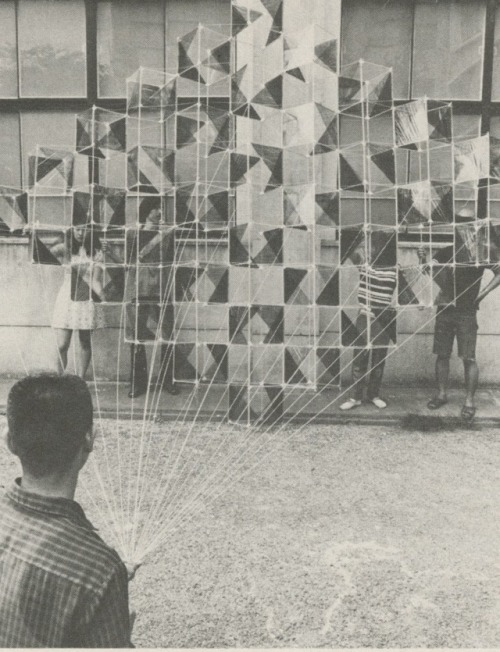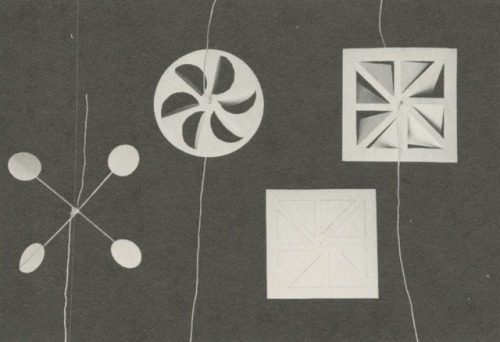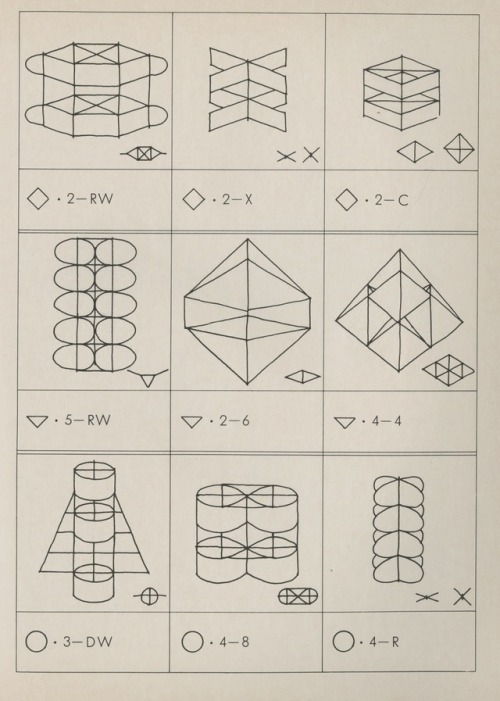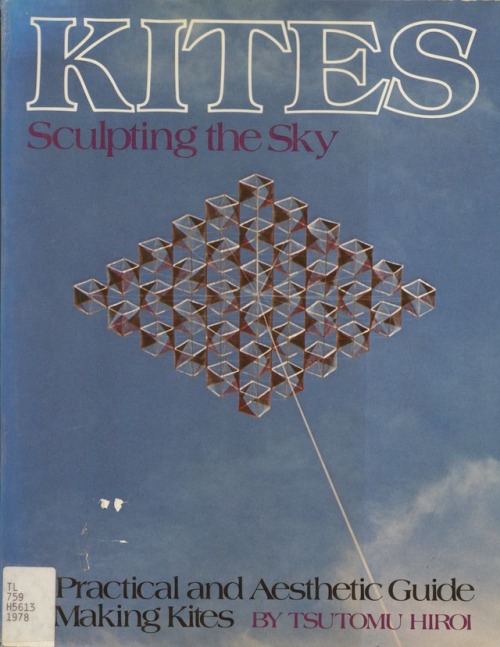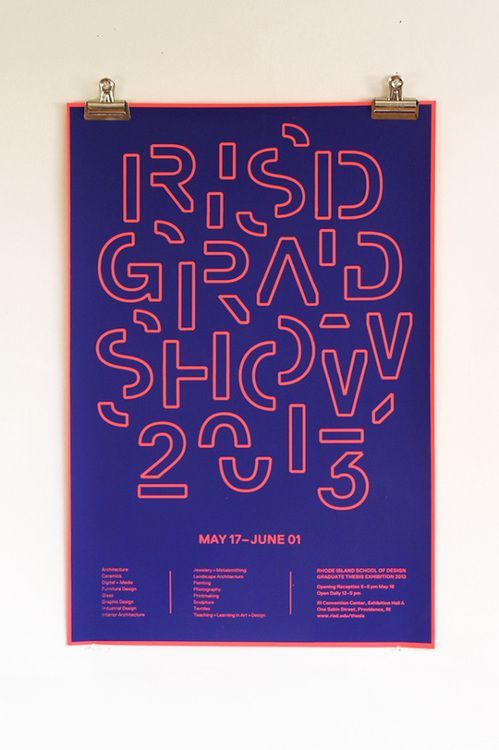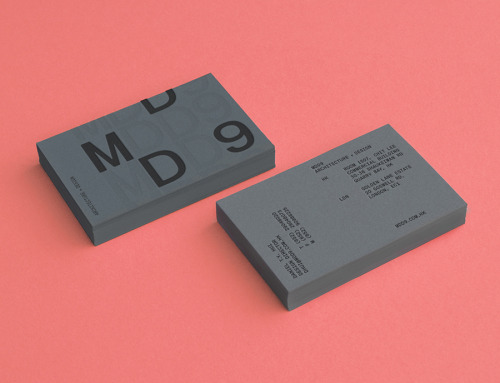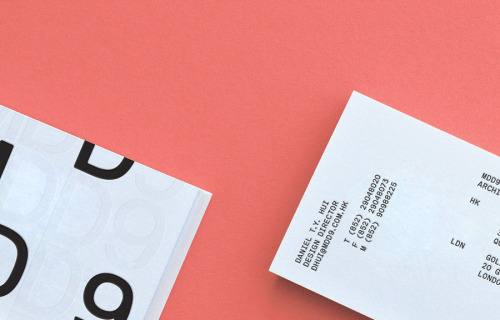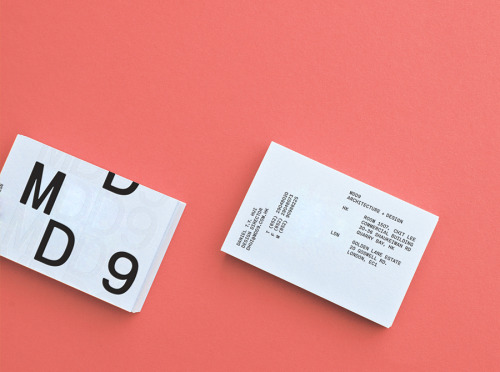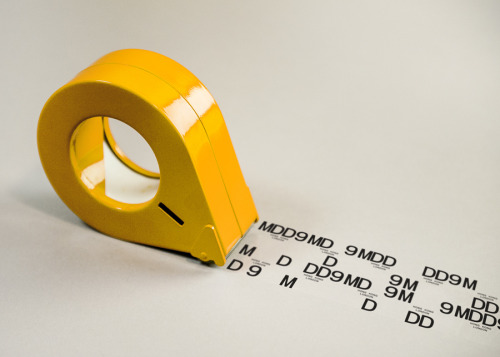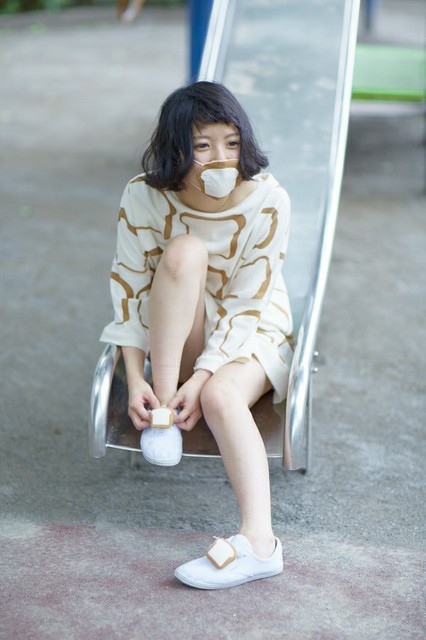It’s one of the most recognisable spaces in any museum in the world and tomorrow the Natural History Museum’s vast Hintze Hall will reopen to the public with a major new installation on display.
Famously once home to ‘Dippy’, the cast of a diplodocus skeleton displayed in the hall since 1979, a refurbishment programme led by environmental and exhibition design studio, Casson Mann, has brought in a new natural wonder suspended from the ceiling: a three-tonne, 25-metre long skeleton of a blue whale, named ‘Hope’.



Casson Mann were appointed to reconfigure the Hintze Hall in 2013 and their displays and infrastructure programme is designed to see the museum through the next 25 years. According to the studio, a renewed emphasis on “authenticity” has driven the project (hence the inclusion of a real skeleton as opposed to a cast), as has the “evolution of the new out of the old”.

The studio worked with historic building consultants Purcell and refurbishment and restoration specialists Jerram Falkus Construction to restore the internal fabric of the Hall and redesign the main “welcome experience” of the Grade 1 listed building.
A decluttered entrance area also leads onto a new information/ticket desk in the centre of the hall, situated beneath the mouth of the blue whale, which is suspended in a “diving” pose, according to the studio.



The work brings in contemporary displays, including new plinths and cases, which work with the museum’s unique architecture and create a “tension between the Museum’s architectural and scientific narratives,” say the studio. In its design approach, Casson Mann has established a limited materials palette and aims to unify the look of the various spaces.

The ten new ‘Wonder Bays’ (five on each side of the hall) and ‘Balcony’ displays honour museum architect Alfred Waterhouse’s ‘extinct and extant’ thinking behind the arrangement of the layout and contents of the building – and address the museum’s themes of ‘origins’, ‘evolution’ and ‘biodiversity’.
The alcove-like Wonder Bays feature an American Mastodon, a Mantellisaurus, a group of fossil trees, an example of a ‘banded’ iron formation, an Imilac meteorite, two giraffes, a blue marlin, some Turbinaria coral, seaweed and an ‘entomology swarm’ showcasing the 32 insect orders. The Balcony displays look at ‘Life in the Air’, ‘Mineralogy’, ‘Architectural Inspiration’ and also examine the various explorers, preparators and collectors who have helped shaped the museum.



The redevelopment programme began with Casson Mann’s 2012 Treasures Gallery and represents the museum’s first major refurbishment since the 1970s. The public announcement to remove the diplodocus skeleton from the Hall was made last year – the cast is now set to go on tour throughout the UK.






“I’m a Londoner and this has been my favourite museum to visit since I can remember,” says Roger Mann, co-founder and Director of Casson Mann. “And as an environmental designer I’m passionate about its beautiful architecture and very excited about this fantastic opportunity to create suitably stunning contemporary displays within its extraordinary interior”.
The Natural History Museum reopens to the public tomorrow. See nhm.ac.uk
Hintze Hall displays since 1895




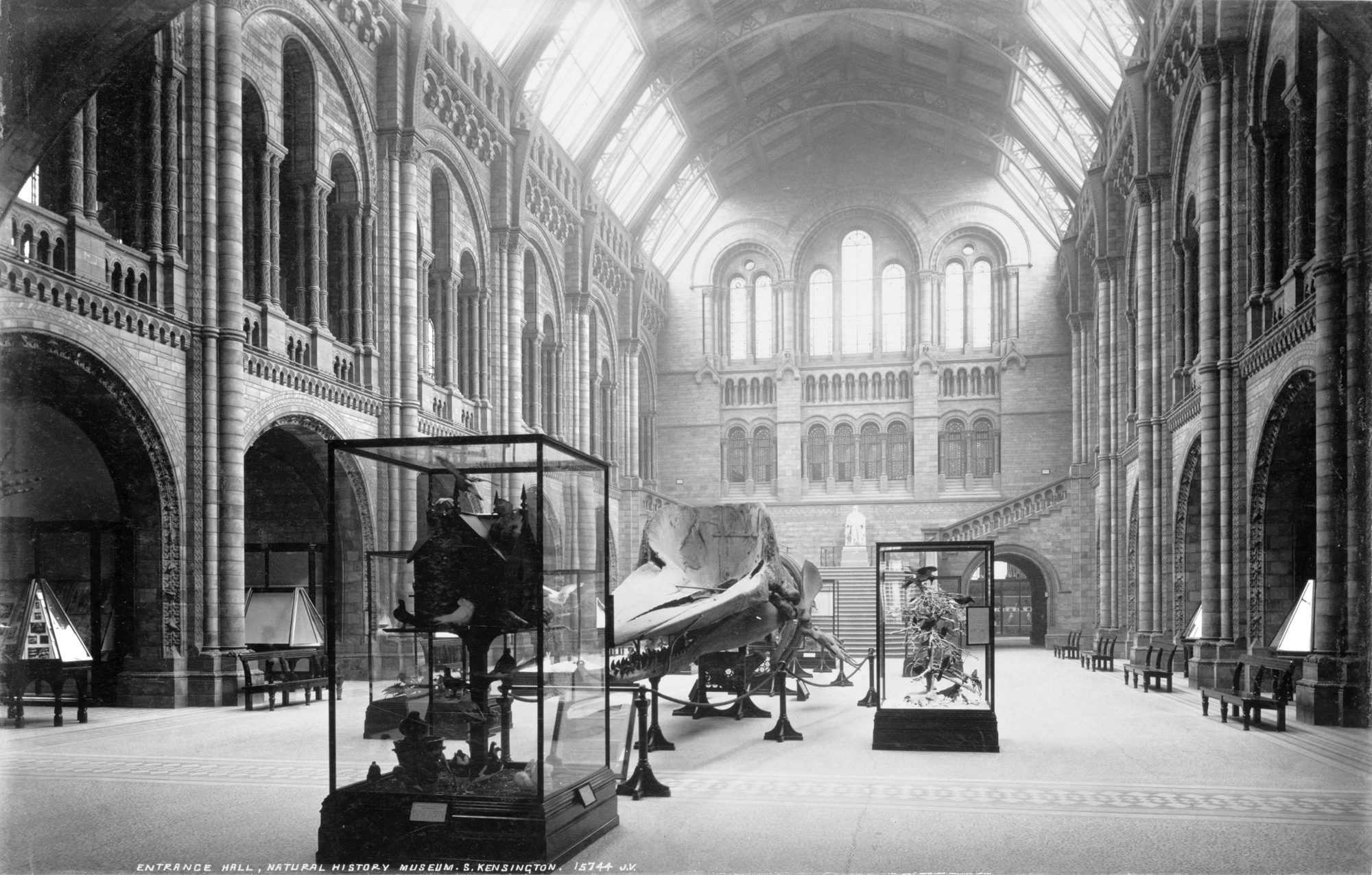
The post Blue whale at heart of Natural History Museum redesign appeared first on Creative Review.

